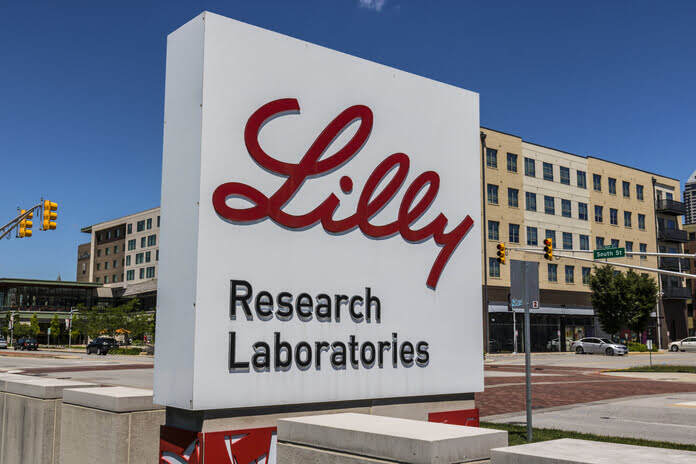Eli Lilly (NYSE:LLY) has undoubtedly been on an impressive growth trajectory over the past decade, with shares surging by 1,450% in the last 10 years, adjusting for dividends. The recent stock market pullback has left many companies trading below their all-time highs, but Eli Lilly managed to reach a new record high this month, giving the company a substantial market cap of $577.46 billion. This raises the question: Is it still a good time to invest in Eli Lilly?
Is Eli Lilly a Worthy Investment?
Eli Lilly is a healthcare juggernaut that leverages its expertise in biotechnology, chemistry, and genetic medicine to address global health challenges. In recent years, it has made significant strides in diabetes care, obesity treatment, and research into Alzheimer’s disease. One key growth driver for the company is its type 2 diabetes drug, Mounjaro, which was approved in May 2022 and has seen a remarkable increase in the company’s stock value. Furthermore, according to JPMorgan, the demand for obesity-related medications is expected to surge, potentially reaching $100 billion by 2030, compared to $3 billion in 2022. With $28.5 billion in sales in 2022, Eli Lilly has ample room for revenue growth in the coming decade.
The company remains bullish on the prospects of Mounjaro, which has already generated over $1 billion in revenue in Q2 2023 and appears likely to gain FDA approval as a weight-loss drug. Additionally, Eli Lilly operates in a recession-resistant sector, ensuring stable cash flows throughout market cycles. The company’s consistent cash flow growth has enabled it to offer shareholders an annual dividend of $4.37 per share, indicating a forward yield of 0.72%, and these payouts have shown an annual growth rate of 7.2% over the past 25 years.
Is Eli Lilly Stock Overvalued?
While Eli Lilly demonstrates robust growth potential, its valuation metrics warrant scrutiny. The stock trades at 15.9 times forward sales and 48 times forward earnings, which is relatively high for a large-cap stock. However, the company’s adjusted earnings are projected to grow by 27% annually over the next five years, which justifies its premium valuation.
Despite its size, Eli Lilly maintains a rapid growth pace, with healthy profit margins and expanding free cash flows, reaching $5.2 billion in 2022. Bank of America analyst Geoff Meacham has expressed optimism about Eli Lilly, reiterating a “Buy” rating on the stock and setting a price target of $700. Meacham anticipates that Eli Lilly’s weight loss drugs and potential Alzheimer’s treatment could bring in substantial sales, further driving the stock’s value.
As per analysts’ recommendations, out of the 18 analysts covering Eli Lilly, 16 advocates a “strong buy,” one suggests a “moderate buy,” and one advises a “hold.” The average price target stands at $587.94, which is approximately 3.4% below the current trading price. However, Bank of America’s optimistic target implies a potential upside of around 15% from its current value.
In conclusion, while Eli Lilly’s stock may appear somewhat overvalued by traditional metrics, the company’s solid growth prospects, ongoing expansion, and innovative treatments make it an intriguing option for investors with a long-term perspective. Nonetheless, as with any investment, it’s important to perform your own due diligence and consider your financial goals and risk tolerance before making a decision.
Featured Image: Megapixl















